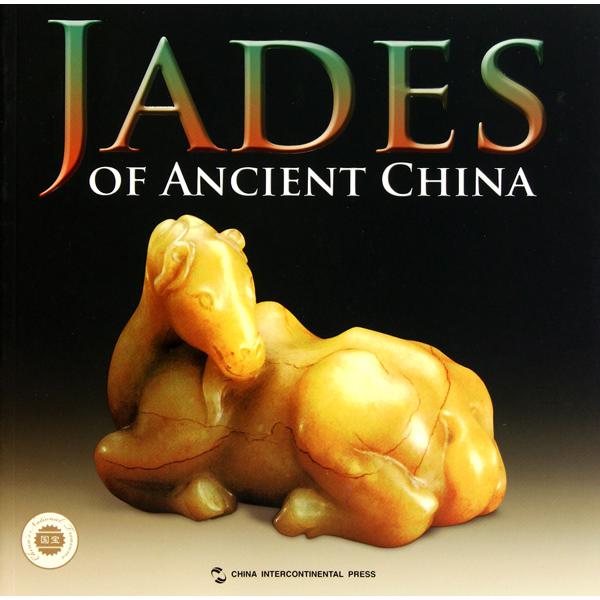
出版社: 五洲传播
原售价: 148.00
折扣价: 84.36
折扣购买: 中国古代玉器(英文版)/中国国宝系列
ISBN: 9787508517773

Qu Shi, born in 1954, director of Identification Center of Collections of Beijing Wenbo Garden, was also titled as deputy secretary-general of China Association of Collectors and director of Committee of Jade Collections.He has worked on the research and identification of Chinese ancient jades for thirty years. His academic works include Jade Age of China, Selected Works of Qu Shi on Research of Ancient Jades, and more than a hundred professional articles as well.
JADES of the Ming Dynasty The development of jade carvings in the Ming Dynasty (1368–1644) could be divided into three periods of early, middle and late stages. In the early stage, the jades still kept the style of the Yuan Dynasty; in the middle stage, formed a style which was quite similar with that of the Han Dynasty; in the late stage, became complicated and philistine on both of shapes and designs. The types can be divided into various categories including ritual object served to the imperial court, jade vessel, animal shaped display, stationery, decoration and imitation of the ancient objects. The jades of the Ming Dynasty are left in a large quantity thanks to three promotions made at that time: first, changed the social system to upgrade the treatments and social status of the jade craftsmen; second, renovated the jade carving tools to increase the production efficiency; third, set up cluster–based jadeware manufacture system due to the economic growth and the enlarged market demands. The main motifs of this period are the commonly seen human figures, animals, plants and objects, always carved on the solid jade materials. The carving techniques get developed by combining the methods of painting, sculpture and gold–silver filigree with the traditional methods of concave lines, relief and round sculpture. The openwork skills reach the top level. The designs are mostly in those auspicious patterns including the flowers such as lotus, peony, Ganoderma Lucidum, pine, bamboo and plum; animals such as dragon, phoenix and deer; and also the human figures. Difference is that the designs of the early and middle stages are plumy and vivid while the designs of the late stage are too complicated and lack of vigor. To sum up, the jades of the Ming Dynasty settle a solid base on all the aspects for the jades of the Qing Dynasty for its approaching to the top splendid achievements. Deer, as a motif of jade carving, appeared at latest during the Shang and Zhou dynasties, and still plays an important role today on the art works. This piece is carved in a natural style keeping all the parts in a good balance. The powerful carving lines show the good skill succeeding from Song and Yuan dynasties while the poor polishing represents the bold style of the Ming Dynasty. Since the Chinese characters of ""deer"" and ""ample salary"" are in the same pronunciation; also deer and Ganoderma Lucidum are the important parts of the auspicious designs of the Ming Dynasty, people always regard them as the auspicious symbols. This piece is not only a displayed decoration for appreciating, but also a paperweight for actual usage.


